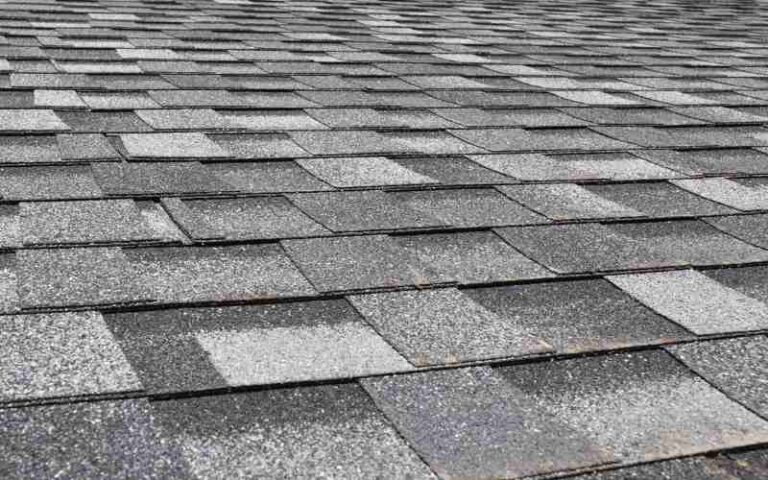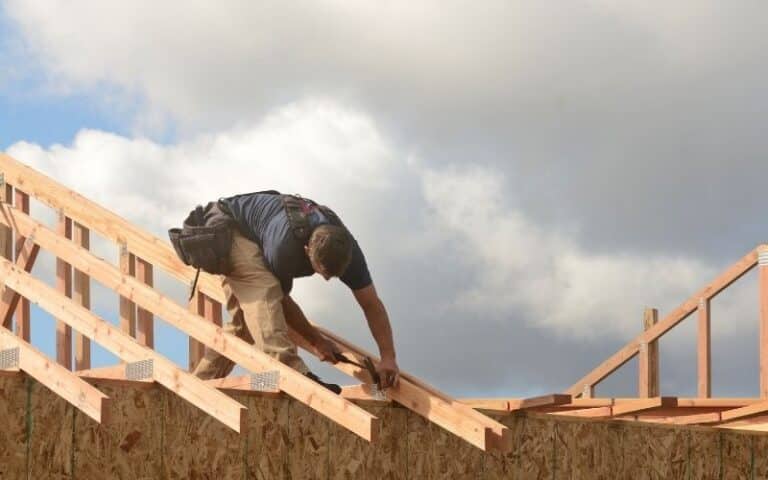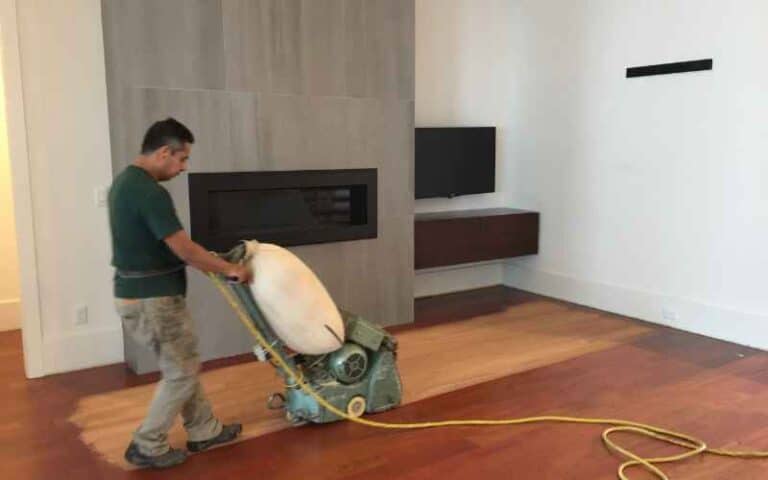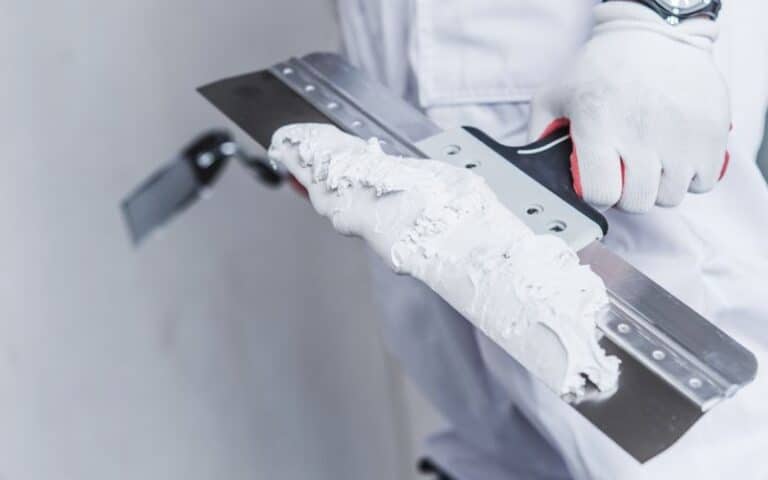Although drywall is supposed to be solid and immovable, these brick walls start deteriorating over time due to several factors.
Although most times it is a result of aging, most new homeowners notice that their walls move or sway, which leads us to the question, why do drywalls move when pushed?
There are many possible reasons dry walls move when pushed and specific factors, like age, weather, or the regular wear or tear you experience with walls. However, some primary reasons are the building’s loosened bricks and foundation problems.
Ready for a Roofing Quiz?
Ready for a Drywall Quiz?
Why Does Drywall Move When Someone Push It?
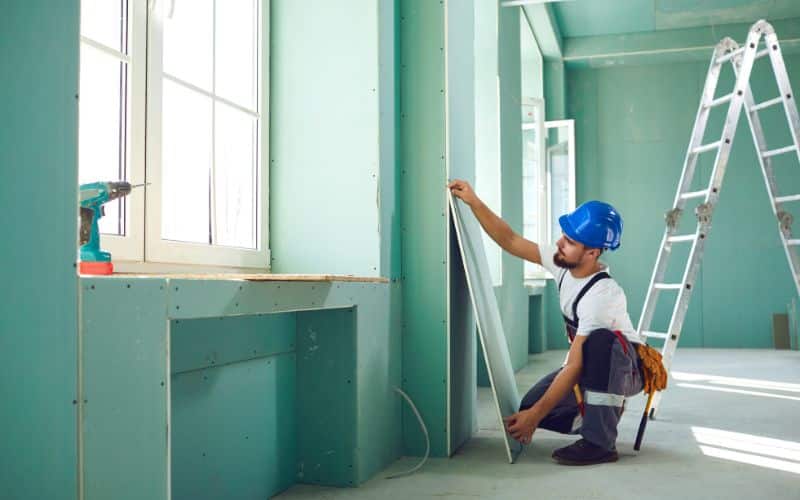
Moving walls is scary, especially if you just got your house. If your walls move even at the slightest inconvenience, it is an obvious sign that there is something wrong.
However, masonry is popular for its extreme strength and durability, and a lot of constructors have used it for construction for a very long time.
Unfortunately, you can damage these brick walls by not properly maintaining them, harsh weather, and normal wear or tear.
The fault sometimes is not on the part of the homeowners; faulty construction from the contractor can also lead to these problems.
So, here is why your brick wall moves when pushed:
#1. Loosened Bricks
Most times, not the whole wall move but only some parts, so if this happens, it can be the problem of a few of the bricks used.
You should know that this is the case for your wall if you pick out inevitable cracks on your drywall and if these bricks begin to protrude forward.
If you know these bricks move forward because of a certain number of cracked bricks, you should consider doing it yourself using a masonry anchor.
If you are not so good with DIYs, you should consider calling an expert to do the job. If you have a little experience in fixing or replacing brick walls, then you can follow the steps below;
- Look for the right spot to place your anchor for masonry.
- Make “pilot holes” to reach the banking system on the wall.
- You can now drill a secondary pilot hole through the initial hole to access the backup frames.
- You should use the second pilot hole to repair the anchor from the proper placement.
- After you have done it, you can screw the anchor through the framing.
- Attach the sleeve, and this helps to provide a grip for your masonry anchor.
- Attach the furred to the sleeve, then tighten.
#2. Foundation Problems
When you notice that not just a segment of your brick wall moves when you lean on it, or sways, you might have a more significant problem.
Cases like this are usually a result of poor foundation issues. You should attend to cases adequately for your safety and those living in or around the building.
Untreated water, physical damage, spanning extended periods, frost damage, etc., can cause drywall cracks.
To tackle this issue, you should call on masonry experts so they can access this problem as soon as possible.
If the fix you would need to opt for is quite complex, then you should alert masonry handymen so they can recommend an experienced engineer who can help fix this structural damage.
How to Fix Bumps in Dry Walls?
If the reason why your drywall pops out is not because of a drywall nail pop or screw, you can remove the bump in a few steps and smoothen the wall to give it a more attractive surface.
To successfully fix bumps on your drywalls, you should follow these steps below;
- Use your finger to press on the bump to know if it is a soft or hard bump and if it is hard, and you should wrap 150-grit sandpaper around a wooden block and then sand the bump on the wall gently until it finally levels with the wall.
- You can cut an outline around the bump with a sharp utility knife if the bump is soft. After that, you can ply the utility knife underneath the bump and then force the bump out of the drywall.
- Dip your drywall sponge in a warm water bucket, then smooth out the surrounding ridges around your block. You should ensure you dip the sponge in the bucket as you frequently work to rinse it.
- Apply a layer of joint compound using a drywall knife, and ensure that this sits undisturbed for 24 hours.
- You can now re-smoothen the repaired spot with a drywall sponge and then paint the repaired area, so it matches the house’s original color.
When Should I Be Worried About Drywall Humps?
There is no particular time you shouldn’t be worried about the appearance of humps on your walls.
Humps are usual when taping drywall joints together. When you do not evenly spread the paint and leave a void space, the tape will most likely lay flat on it when you finish the process.
So, applying an extra coat of paint causes it to bubble, and when it is dried this way, it results in a hump on the joint.
Although humps do not cause any harm to your buildings, they are not pleasant to behold. Humps give your walls a rough appearance which is not aesthetically pleasing. To fix this;
- Give your hump the time to dry off.
- Get a utility knife and chop or scrape off the bubbles from the wall.
- You can now repaint over the scraped area with a primer and ensure that it dries before moving on to the next step.
- Spread the area of the joint and lay a new drywall tape on top of it.
- You can now let the repair dry off before you spread the second layer of paint properly and let it dry.
- You can now send the repair with 120-grit sandpaper, prime it with a primer and then apply the original paint to the wall.
How to Prevent Drywall from Moving Whenever We Push It?
Drywalls are critical components of the building, and if there are any cracks in them, it will pose a huge problem.
Drywall cracks may seem minute at first, but as time goes on, it starts to pose a primary threat to your boiling structure.
There are many reasons why walls move whenever you push or lean on them, so when you know about these causes, you can source a way to prevent them.
Some causes of drywall cracks include;
#1. Stress On Seams
Most cases of drywall seams occur on the seams. A seam is where two pieces of drywall meet before you use the mud to fill them in.
You may not notice the seams because they are covered with tape and then filled in perfectly, but if the job is not perfect, the bulging drywall seams appear.
These stress cracks appear on highly stressed areas, like windows, corners, and door frames.
Read More: Knee Wall Height Code
#2. How Do We Not Prevent Drywall Moving When Pushed?
The best way you can prevent drywall cracks is by proper installation. It would help if you made the seams on your wall strong enough so you wouldn’t have any issues in the future.
You should use authentic seam mud and tapes and ensure that a professional constructor does the work.
There are a lot of drywall mud grades; while some are adhesive, others are not. The best coat for you to use for the first coating is sticky mud.
Then, the second layer can be a bit lighter, and the final layer should be the lightest.
Apart from making use of the proper mud, making use of suitable tape also matters. Paper tapes are the best ones you can use; if you want a modern option, opt for mesh tape.
In cases where nails pop on your walls, you can avoid it by using high-quality lumber for the studs.
High-quality lumber would prevent this warping, and then you can apply an adhesive on the studs before you hang them on the drywall.
Ensure that you use enough nails to help reduce stress and prevent your nails from pulling away from the stud.
| Reasons Why Drywall Moves When Pushed | How to Stop Drywall From Moving When Pushed |
|---|---|
| Bad foundation layings | Ensure your wall foundations are laid by professionals |
| Lack of proper maintenance | You should ensure that you make use of high-quality lumber for your walls |
| Age of the walls | When your walls are old, you should call on building companies for proper checking and possible renovation. |
Conclusion
Please do not treat this issue trivially when you notice that your walls move when you push them or lean on them.
Ensure that you contract a specified contractor to fix it as soon as possible, but if it is not so severe, you can do it yourself by carefully following the steps listed in the article.


